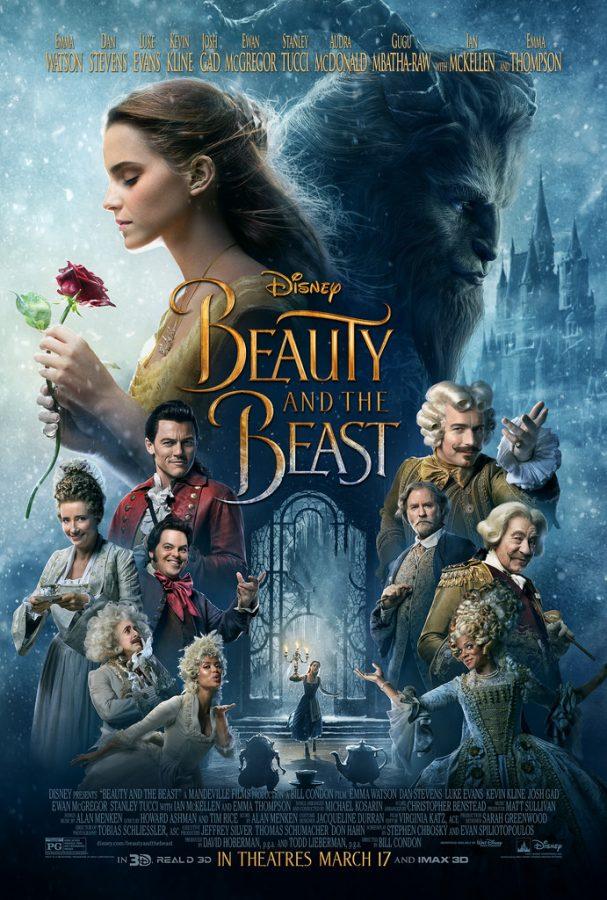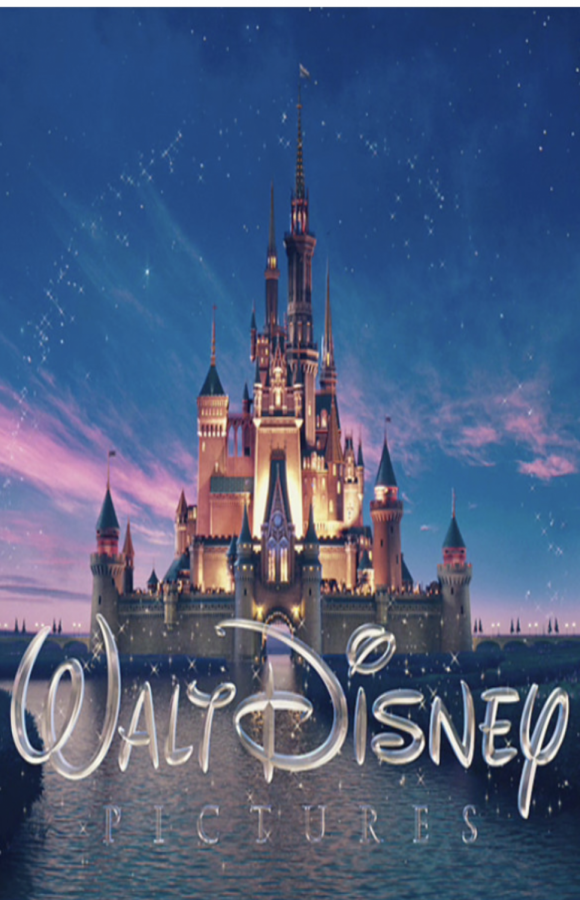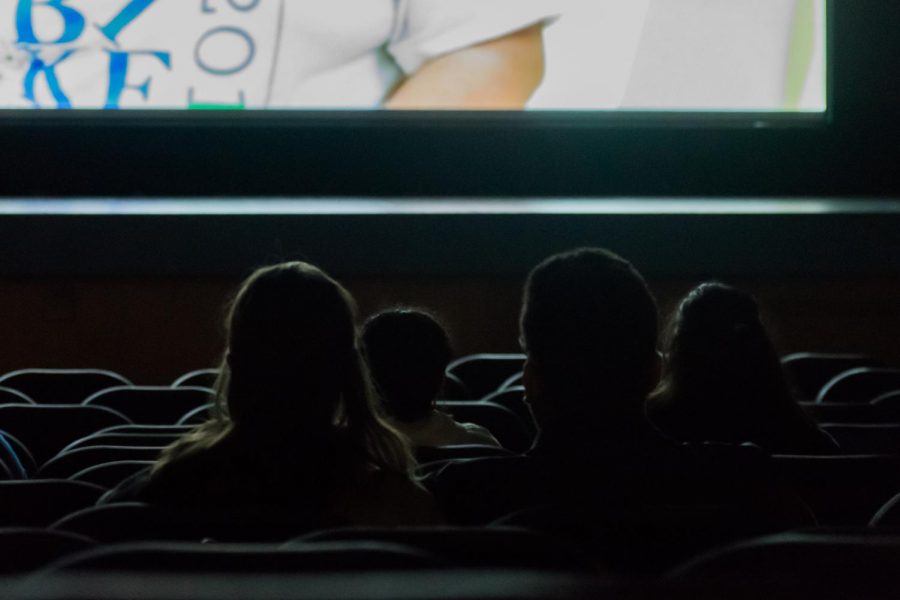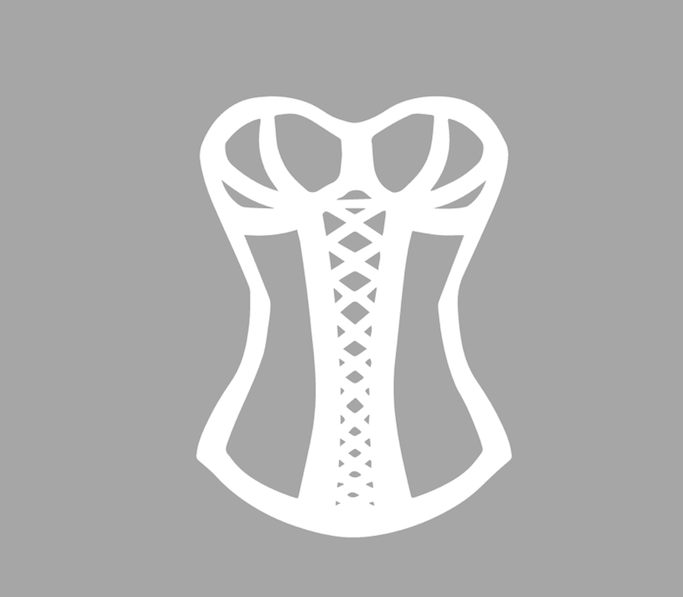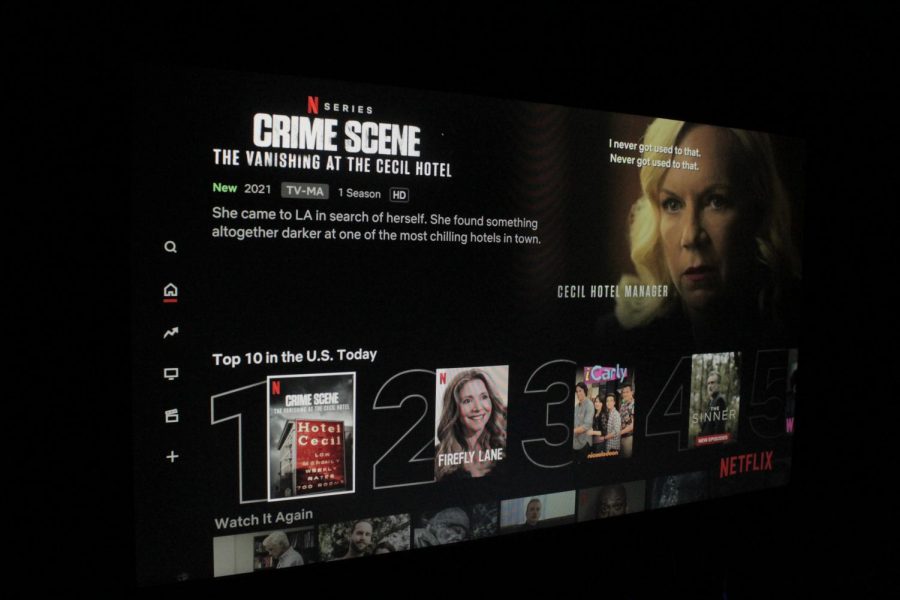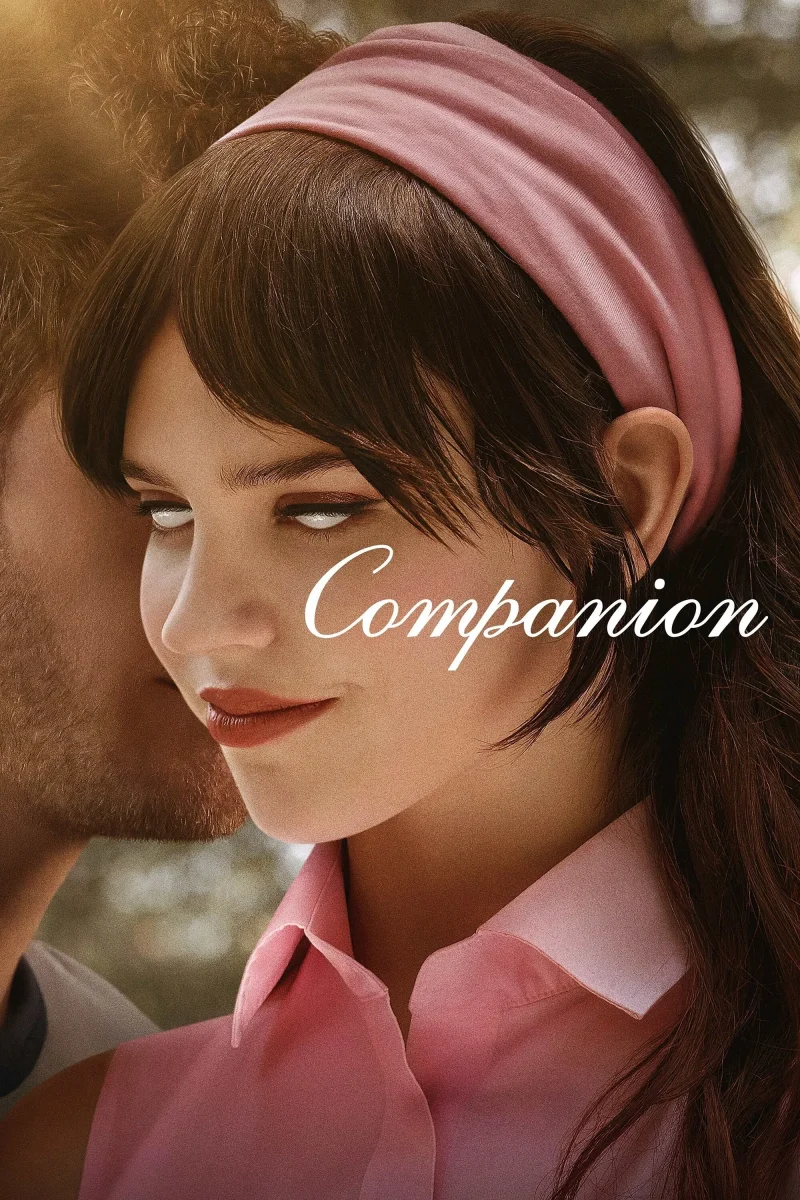Disney famously creates movies that are the foundation of childhood, therefore setting the bar high for any attempt to stray from the norm. Bill Condon’s “Beauty and the Beast” managed to compete with that internationally recognized standard.
The live-action version of this fairytale classic comes with a few twists to enhance the plot. Audiences are gifted with backstories, and actors were challenged to give depth to their respective characters.
The highlight of the additives was the Beast (Dan Stevens) showing Belle (Emma Watson) an enchanted book. The newfound couple is instantaneously transported to Paris, where they learn Belle’s mother died from a plague when Belle was a baby. Adding small details like these provided a new set of variables for characters to work with, and most of them rose to the occasion.
Stevens created a lovable Beast early on, showing human weakness despite terrifying looks. He too lost his mother early on, strengthening the relationship that Belle and the Beast shared.
Stevens’s Beast was a traumatized child who had to grow up too fast. He fell through the cracks and had horrendous anger issues, and although he tried to better himself, he continuously came up short — until he found hope.
This hope was the potential of someone loving him, therefore breaking the curse which would make him human again. He would also free others such as Clocksworth, Mrs. Pots, Chip and all the castle workers who were turned into talking antiques.
With such a mix of emotions, it would have been simple to play an aloof Beast, but Stevens made him a relatable character with a significant personal story arch.
Watson, on the other hand, portrayed Belle somewhat inconsistently. While she easily resembled effortless beauty, she seemed perplexed and depressed during scenes where that should have been joyous.
For example, when Belle and the Beast dance in the ballroom, Belle is dolled up in a ruffled, gold, glitzy gown. This is supposedly a pivotal positive moment in their relationship, but Watson looked like she wanted to cry as she stared at Stevens’ character with fear, confusion and a quivering lip.
Watson played a wonderful feminist princess who is willing to fight for what she wants. She was unarguably headstrong but rarely smiled. If Belle is supposedly falling in love and thrilled with the excitement of life, Watson could have cracked a few smiles to say the least.
Supporting characters, such as Gaston (Luke Evans) and LeFou (Josh Gad), brought the movie to life. The duo, but especially Gad, provided comic relief that I had no idea I needed in this film. Meanwhile, Mrs. Potts (Emma Thompson) became a motherly figure to not only Belle and Chip, but the audience as well.
Mrs. Potts is just one example of animation meets live action gone extraordinarily well. All of the animation was stunning and regal. The enchanted home accents throughout the palace were well-voiced with distinct personality, but the pure vibrance and glistening of dancing dishes and sneezing feather dusters superseded expectations.
In addition to the endearing characters and complex plot, there were plenty of nostalgic elements to the film that truly let it remain the beloved “Beauty and the Beast.” The music remained the same, and despite the new voices, they rang throughout the cinema just as beautifully as they did on a VCR tape.
Although there was inconsistency from the title character, Condon pulled off an enchanting movie to add to the ever-growing list of Disney remakes.

